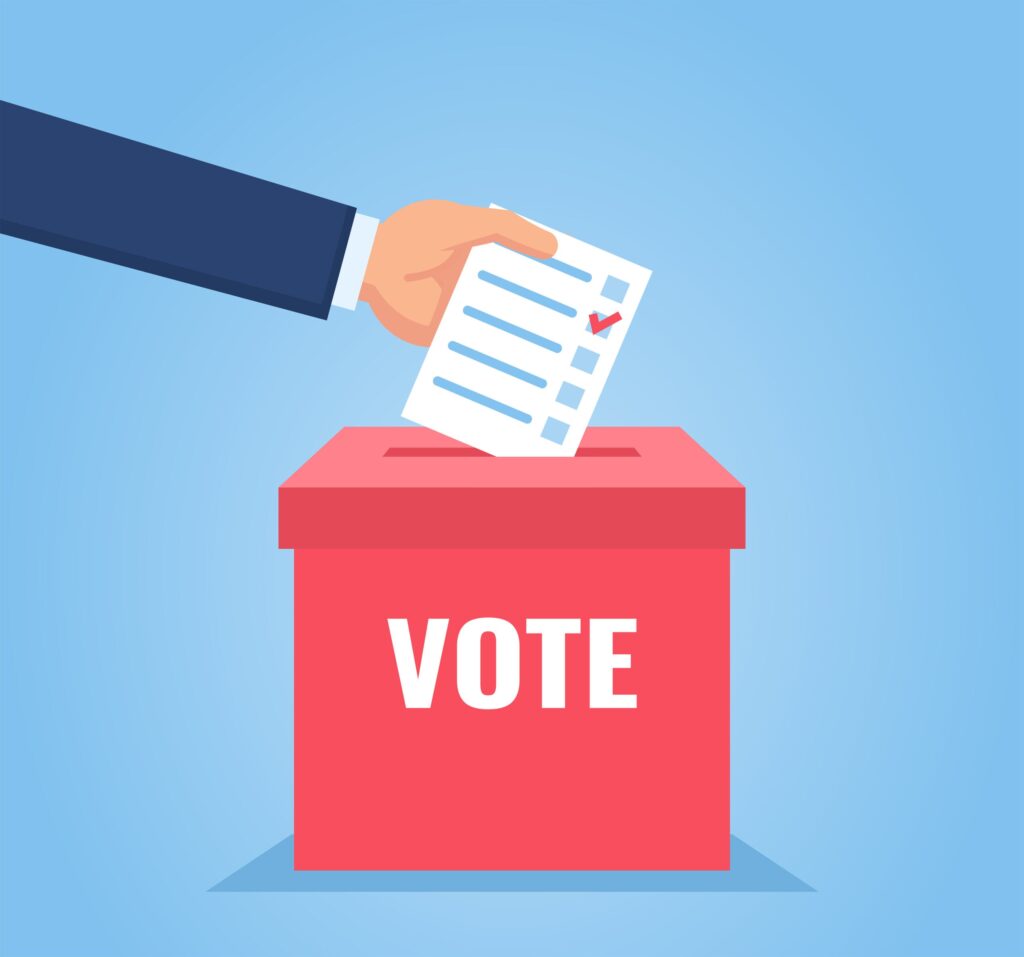Editor’s Note: This is Part 1 in a two-part series on influencer marketplaces, which comprise brand marketers and social partners. Part II will focus on the role of brand marketers.
Most industries that experience rapid technology gains tend to remain fragmented for several years or decades before integrated platforms and exchanges emerge. As an example, the digital advertising space remained fragmented for both brands and publishers until ad networks began consolidating. DoubleClick emerged as a giant when it created a software-driven exchange that allowed brands and agencies to buy inventory from a network of integrated publishers. Standalone solutions gave way to a marketplace where brands could buy ad inventory on vertically relevant websites.
As influencer marketing matures as a marketing channel, the industry will begin to seek out similar integrated marketplaces where brands and social influencers can partner, create co-branded content, distribute that content to digital assets across the web, and get performance analytics to help measure reach, engagement, and overall ROI. All marketplaces assume two critical players, the sellers and buyers who represent supply and demand. Let’s take a dive deeper into the world of the supplier, the online influencer.
 Online influencers are people who create and share interesting or valuable content with the niche audiences that follow them. These people might be bloggers with large readerships or socially savvy consumers with loyal followers on Facebook, Twitter, YouTube or Pinterest. Influencers are trusted by their audiences and typically focus on a particular area like fashion, parenting, food, fitness, entertainment or technology.
Online influencers are people who create and share interesting or valuable content with the niche audiences that follow them. These people might be bloggers with large readerships or socially savvy consumers with loyal followers on Facebook, Twitter, YouTube or Pinterest. Influencers are trusted by their audiences and typically focus on a particular area like fashion, parenting, food, fitness, entertainment or technology.
Social media and publishing platforms have made it extremely easy for anyone to create content and build a relevant audience. They can create quality videos and visual content on mobile phones, post about their experiences on their blogs, and share that content instantly with millions on social media. In fact, for the first time in the history of marketing, digitally savvy consumers know more about a key marketing channel than brands do!
Given that 74% of consumers rely on social networks to guide purchase decisions—according to SproutSocial—smart brands are embracing the idea that success in the digital space requires partnership with influencers who have more sway with consumers than they do. Influencers have some distinct advantages that brands do not, including large communities of followers, trust from consumers, authentic personal experience, and expertise on a variety of social networks. Social influencers are effective at starting, sharing and spreading online conversations, which is incredibly valuable to brands.
Consumers want information that comes from like-minded people they trust. They want first-hand information about how peers made purchase decisions and what their experience was with relevant products and services. A recommendation from a peer online about a product has more influence than a banner ad or product review on a brand’s website. Also, the earned media generated by those on social media tends to live on channels alive with consumer engagement. People aren’t chatting about holiday gift ideas on brand sites or in the sidebars, yet that is where most paid and owned content lives. Consumers are having these conversations on blogs, Facebook, Twitter, Pinterest, and community forums. Social media is where conversations are ignited and shared, and influencers with loyal followers have the power to significantly extend a brand’s reach across the web.
While getting started as a content creator is easy, staying relevant and growing influence takes dedication, consistency and the use of multiple platforms. About 80% of Twitter accounts are inactive and 75% of blogs started are abandoned. But that still leaves 50 million bloggers, 1 billion members on Facebook and 200 million active users on Twitter having conversations and expressing opinions about everything from politics to puppies.
As the volume of data available increases online, the more consumers want specific information aligned with their unique needs. Working with influencers is a way for brands to reach people whose interests and demographics represent a highly qualified consumer.
A critical component for marketers is being able to easily identify the key influencers in their verticals, build relationships, scale the content and conversations, and measure the whole process. A key factor for influencers is to make sure they can be found. All the influence in the world won’t help them earn revenue if they can’t be found among the sea of other content creators. This is where influencer marketplaces will be important. Integrated platforms that allow brands to identify, partner, and co-create measurable relationships with influencers is the future of digital marketing.
Holly Hamann is co-founder and chief marketing officer at BlogFrog. Follow her on Twitter @hollyhamann.



